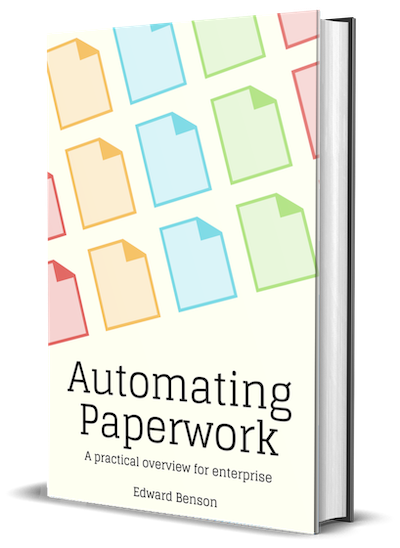Simulating Usage
A final vetting step you should perform before chatting with your technical team is to interview someone who manually does the work you've just been vetting for automation. Ideally this person is already on board with the automation project but wasn't deeply involved in collecting the data in Step 3. That gives them a collaborative mindset but fresh eyes.
Show this person what you produced in Step 1 and Step 3:
- The definition of the business process and its inputs
- The table of values you assembled for those inputs
Withhold all information about the particular documents from Step 2. Before discussing details of the documents with them, you want to test how well they can use this information without the context of the document surrounding it.
Have them walk you through the decision that needs to be made as part of the business process and see if they can make the decision using only the data from the table. Jot down notes as they do so, making sure to ask these questions:
Information Availability
- Is this information enough as it is?
- Are there special cases not captured by this dataset?
- Is there any additional data that you need to combine this data with to proceed?
Information Variance
- Can the decision-making process accept the data formats and variance illustrated, or is a human or machine need to convert them?
- Tell me about the weirdest document you ever saw for this.
- Tell me about a time when a value wasn't what it appeared.
Information Optionality
- Is any of this data not required?
- Is any of this data available elsewhere as a last resort?
Error Checking and Confidence
- Can any of this data be used to validate the other fields?
- Can any of this data be used to indicate a high-risk situation?
- Tell me about a time when you got the data wrong. How did you realize and were you able to correct it?
- Tell me about a time when you had no idea what to do?
What you now know
You might think this step is internal to the business and product team, irrelevant to your technical team. But knowing how the information will be used is valuable to any problem-solving that happens during the implementation phase. As long as you can afford to share these business details with your tech team, it's helpful to do so.
At this point, you've either got material to go back and review Steps 1-3, or you've got a nice, four-part project proposal that covers an automation project from end-to-end.
